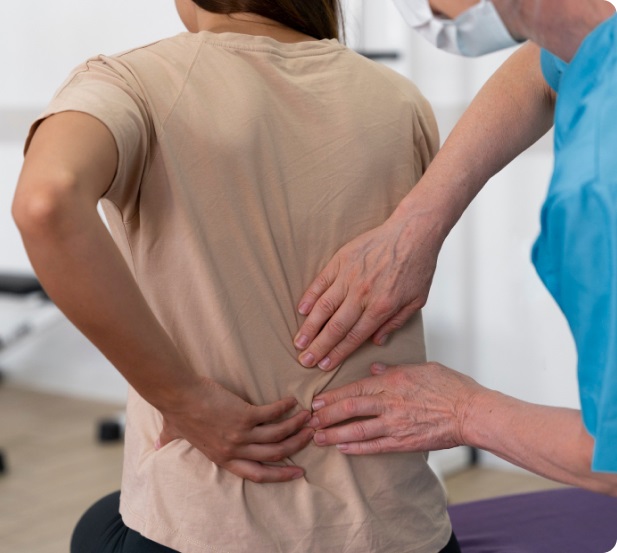What is ACL Reconstruction?
ACL reconstruction is a surgical procedure to repair a torn anterior cruciate ligament (ACL) in the knee, crucial for stability. The damaged ligament is replaced with a graft, either from the patient's body (autograft) or a donor (allograft), typically using minimally invasive arthroscopic techniques. The aim is to restore knee function, particularly for active individuals. Recovery involves a comprehensive rehabilitation program over several months, with a full return to activities taking 6 to 12 months. While generally successful, the surgery carries risks such as infection and graft failure. Non-surgical options like physical therapy may suffice for those with lower activity demands.
Preparing for Surgery?
Preparing for ACL Reconstruction involves crucial steps. Initially, comprehensive consultations with the orthopedic surgeon are essential to discuss the procedure, potential risks, and expected outcomes. Preoperative assessments, including imaging studies, help evaluate the extent of the ACL injury. Strengthening the surrounding muscles through targeted physical therapy is often recommended to enhance postoperative recovery. Understanding the rehabilitation process and adhering to preoperative guidelines contribute to a smoother recovery. Lifestyle adjustments, such as preparing the home environment for postoperative comfort, may be necessary. Active participation in preoperative preparations, coupled with open communication with the healthcare team, ensures a well-rounded approach to ACL Reconstruction and subsequent rehabilitation.
Surgery Overview
ACL surgery, or Anterior Cruciate Ligament reconstruction, involves repairing a torn ACL, a key knee ligament. The surgeon typically utilizes arthroscopy, making small incisions for the camera and instruments. The torn ACL is replaced with a graft, often from the patient's hamstring or patellar tendon. This graft acts as a scaffold for the new ligament to grow. Post-surgery, patients undergo a rigorous rehabilitation process, including physical therapy, to restore knee function and strength. While the procedure is common, successful outcomes depend on meticulous surgical technique, patient compliance with rehabilitation, and ongoing care to prevent re-injury and optimize long-term knee stability.
Life After Surgery
After ACL surgery, the initial phase involves rest, ice, compression, and elevation to manage swelling and pain. Physical therapy plays a crucial role in the recovery process, focusing on regaining range of motion, strength, and stability. Patients gradually transition from crutches to walking, with a gradual return to normal activities. Rehabilitation timelines vary, but athletes may resume sport-specific training around 6-9 months post-surgery. Consistent exercises and follow-up appointments are essential for a successful recovery. Emotional and psychological aspects are often part of the journey, requiring patience and resilience. It's a holistic process that demands commitment. With dedication to rehabilitation, individuals can regain function, mobility, and an active lifestyle post-ACL surgery.
Role Of Physiotherapy
Physiotherapy is essential for enhancing health and functional independence. Therapists address musculoskeletal, neurological issues, and injuries through personalized interventions like exercises and manual therapy. Post-surgery, the focus is on accelerating recovery by improving strength, flexibility, and joint mobility. For chronic conditions, ongoing management contributes to an improved quality of life. Physiotherapists consider mental well-being, offering education on self-care and preventive strategies. Beyond symptom relief, they play a crucial role in overall fitness, injury prevention, and enhancing daily functioning. The collaborative relationship between patients and therapists is key for achieving optimal health outcomes.

